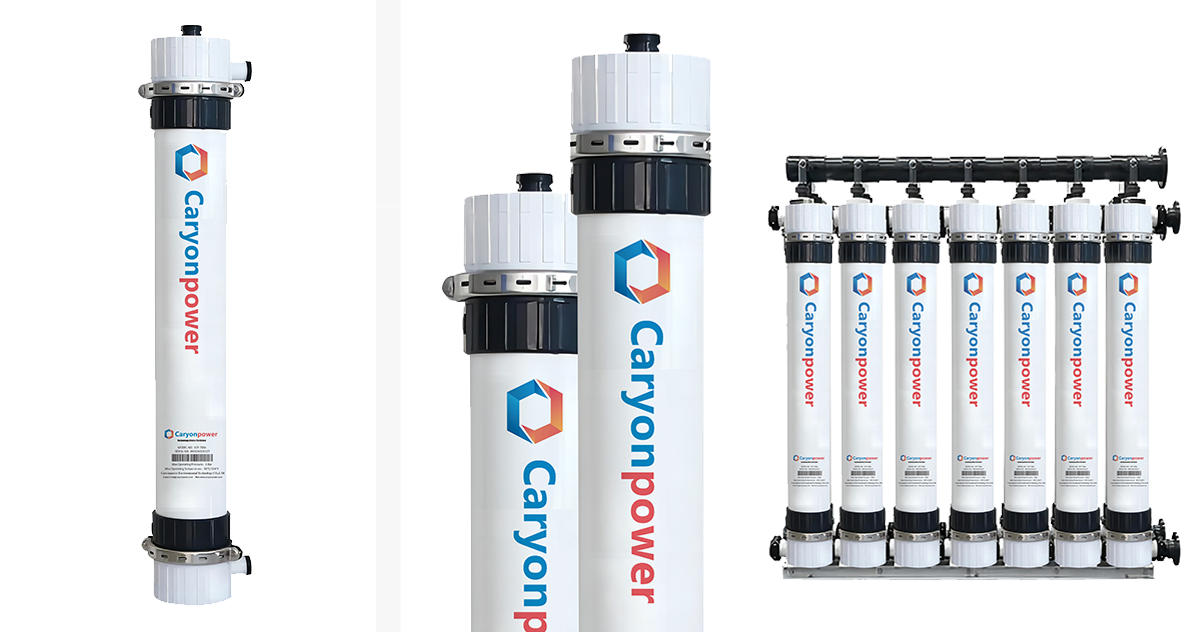UF

Ultrafiltration membrane is a membrane separation technology that can purify and separate solutions. The ultrafiltration membrane system is a solution separation device that uses the ultrafiltration membrane as the filtering medium and the pressure difference on both sides of the membrane as the driving force. The ultrafiltration membrane only allows the penetration of solvents (such as water molecules), inorganic salts, and small organic molecules in the solution, while intercepting the suspended solids, colloids, proteins, and microorganisms in the solution, thus achieving the purpose of purification and separation.
Currently, ultrafiltration membranes are widely used in water treatment engineering. Ultrafiltration technology is playing an increasingly important role in fields such as reverse osmosis pretreatment, drinking water treatment, and reclaimed water reuse. Ultrafiltration technology plays a key role in the sterilization and turbidity removal of alcohol and beverages, the heat source removal of drugs, and the concentration process of food and drugs.
Hollow fiber ultrafiltration membranes are divided into external pressure hollow fiber ultrafiltration membranes and internal pressure hollow fiber ultrafiltration membranes according to their different forms. The main difference between external pressure hollow fiber ultrafiltration membranes and internal pressure hollow fiber ultrafiltration membranes is the different direction of penetration of the permeate.









